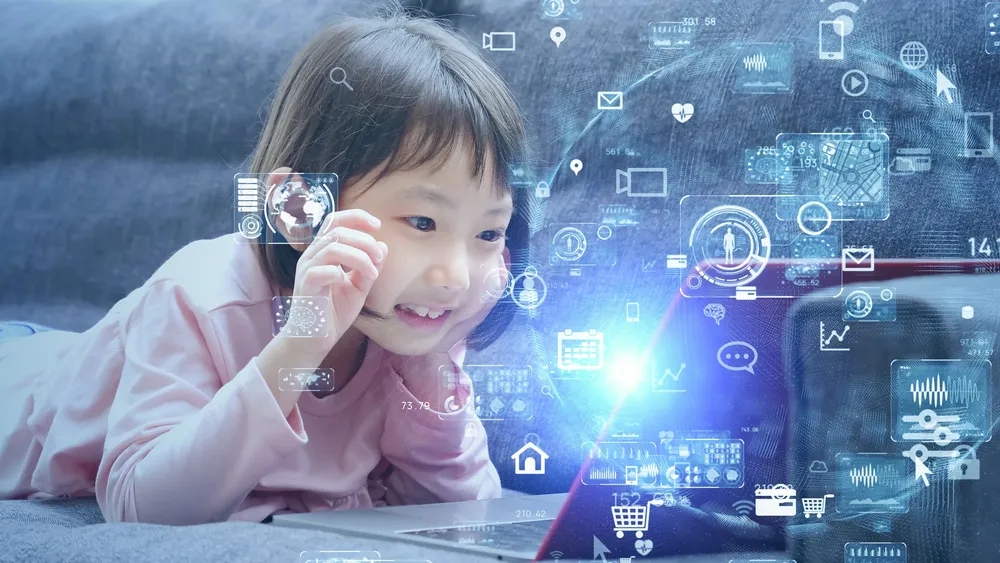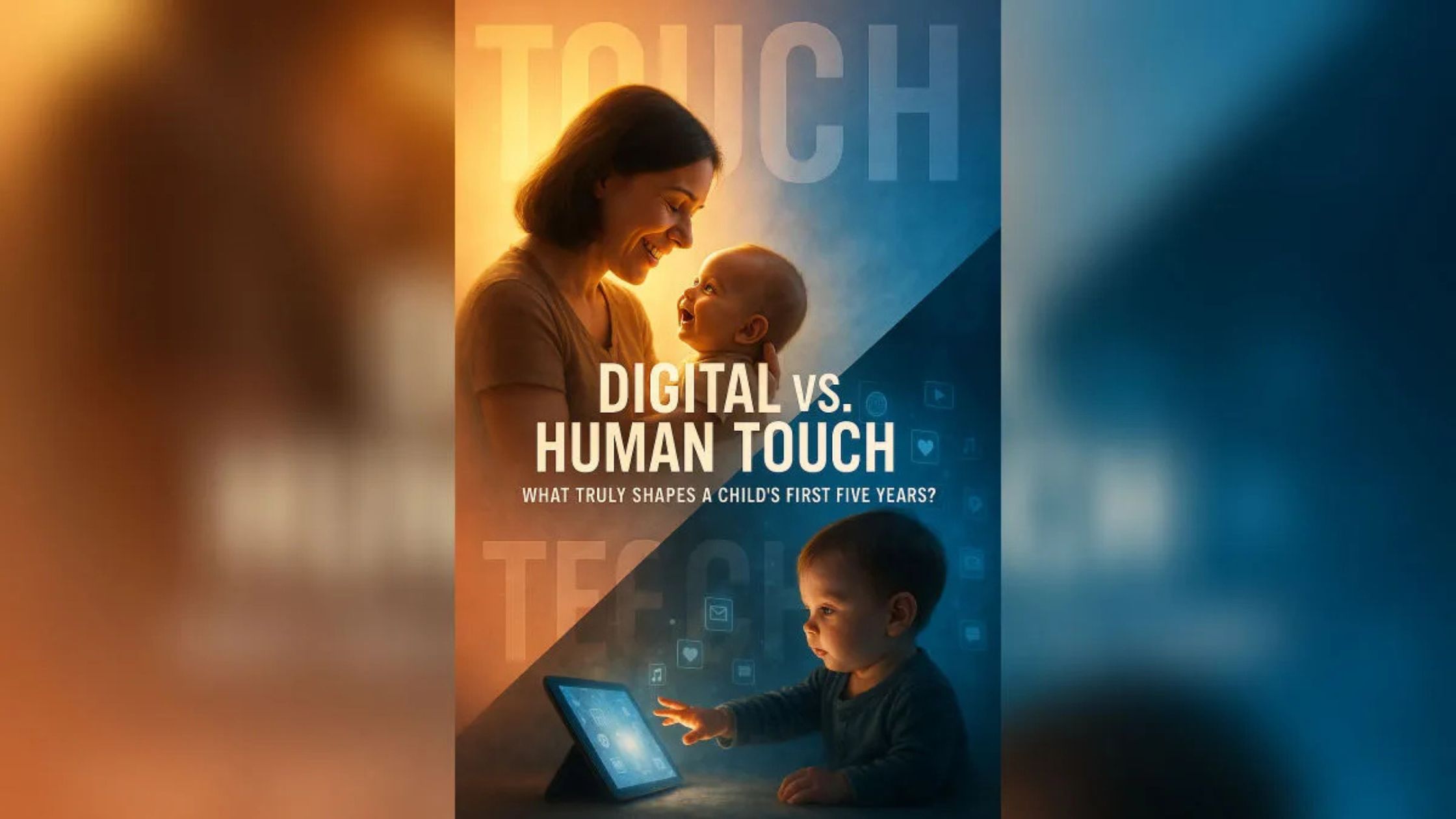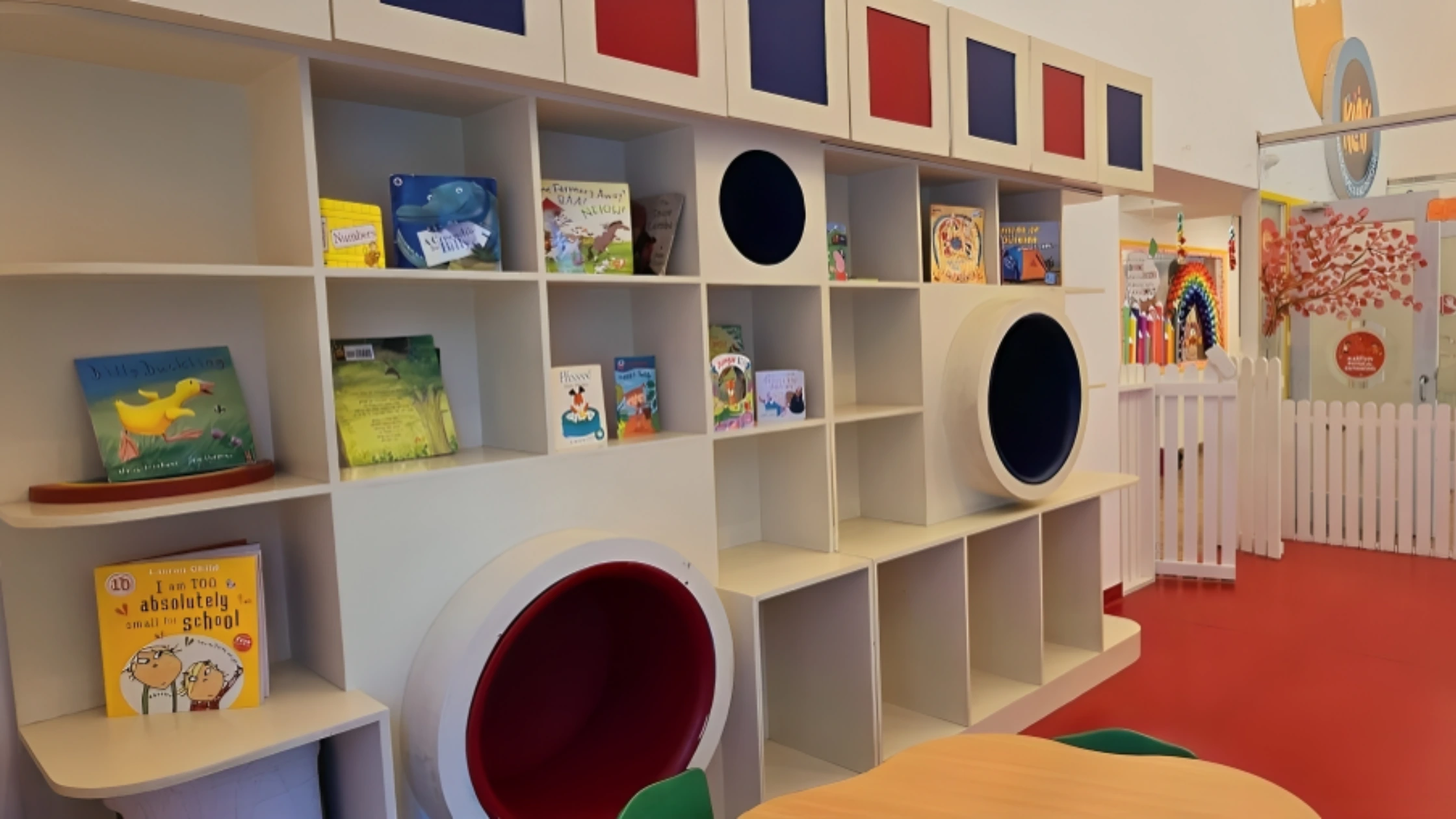The early years of a child’s life are marked by rapid brain development, deeply influencing how they think, feel, and relate to others. As digital media becomes more integrated into daily routines, a growing question emerges, what matters more during these formative years: human interaction or digital engagement? Both digital tools and human interaction have a role to play, but they’re not equally impactful. Backed by decades of developmental science, it is the warmth of real human connection that lays the strongest foundation for a child’s healthy growth.
Why Human Touch Is Irreplaceable
From the moment they are born, children thrive on touch, eye contact, voice, and emotional attachment. These early connections do more than comfort, they actively shape the developing brain.
One of the most powerful forms of early learning is what researchers at the Center on the Developing Child at Harvard University call “serve and return” interactions. When a child babbles, points, or asks a question and an adult responds meaningfully, it strengthens neural connections essential for communication, emotional understanding, and problem-solving.
While these interactions begin in infancy, they remain critical well into the preschool years. When a four-year-old asks, “Why grass is green?” and an adult responds thoughtfully, the child is not just learning a fact, but they are also building curiosity, trust, and a love for learning. These kinds of human exchanges, grounded in emotional connection and guided explanation, remain unmatched by even the most sophisticated technology.
Touch-based interactions, like hugging or holding hands, also release oxytocin, a hormone that reduces stress and fosters bonding. This emotional security becomes the foundation for confidence and independence. Children who feel safe and loved are more likely to take risks in their learning and engage deeply with others.
The Role (and Limits) of Digital Media
Digital tools are not without value. When used intentionally and in moderation, they can support creativity and reinforce certain learning skills.
Educational apps and AI tools can supplement early literacy, numeracy, and even observational assessments. Imagine a virtual trip to the Great Wall of China or AI-powered puzzles that adapt to a child’s skill level, these are exciting possibilities.
Digital platforms also support creative expression. Music, art, and storytelling applications allow children to explore and express themselves in new ways, often complementing hands-on play.
However, moderation is key. Excessive screen exposure has been linked to delayed speech, reduced attention spans, and behavioral issues. The American Academy of Pediatrics recommends limiting screen time for children aged 2 to 5 to under one hour per day and emphasizes on co-viewing with an adult as it is critical for comprehension and meaningful engagement.
Finding the Right Balance
The goal isn’t to eliminate screens altogether but to balance them with rich, real-world experiences that nurture the whole child:
- Prioritize face-to-face time: Storytime, conversations, and outdoor play build connection and critical thinking.
- Be present during screen time: Choose high-quality content and engage with your child while using it.
- Model healthy tech use: Children learn best by watching adults use screens with purpose and boundaries.
- Encourage social interaction: Group play, and classroom experiences help build empathy and communication.
Digital Intelligence, Human Foundations

In today’s world, Digital Intelligence (DQ), the ability to use technology safely, responsibly, and effectively is an emerging 21st-century skill. Developing these skills early empowers children to engage with technology in thoughtful and meaningful ways. But during the first five years, it is real-life interactions, adult guidance, and emotional security that remain at the heart of healthy development.
By blending meaningful technology use with strong human connection, we prepare children not just to survive, but to thrive in a future where both worlds coexist.
This article was originally published in Youth Talks.
















Subscribe to our newsletter
[contact-form-7 id="12706" title="Newsletter Form for post page"]Our Related Blogs
Yoga Benefits, Activities, and Poses for Preschoolers
For preschoolers, yoga isn’t about perfection but about giggles and benefits. So, are you curious how a simple stretch can support a child’s focus, flexibility, and emotional well-being? Let’s roll...
Year-End Reflection and Goal Setting for Children
Parenting is a journey filled with the brightest moments and valuable lessons, both for us and our children. As the year draws to a close, it’s the perfect time to...
Why Residents of Malibu Town, Gurgaon Choose KLAY for Their Little Ones?
Choosing the right preschool or daycare is one of the biggest decisions for any parent, especially in a community as close-knit and discerning as Malibu Town, Gurgaon. Over the years,...